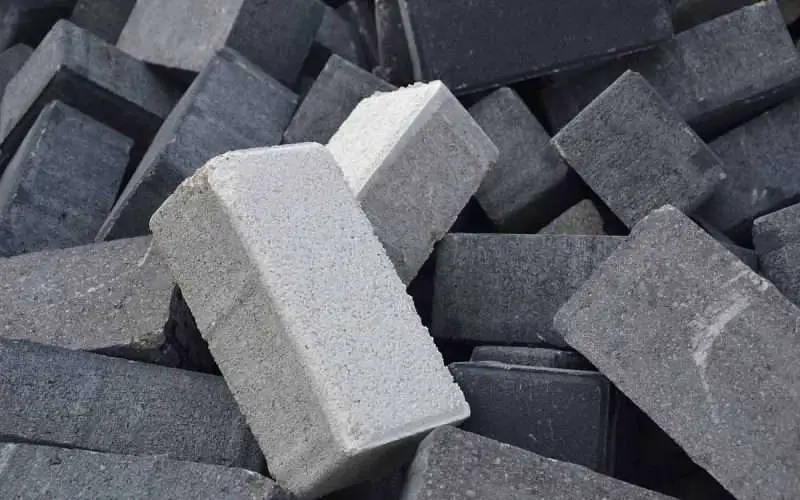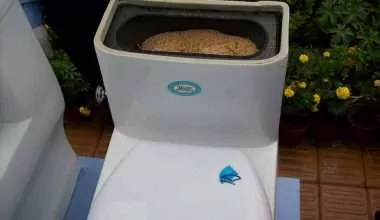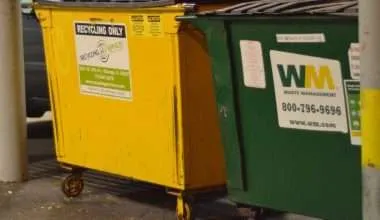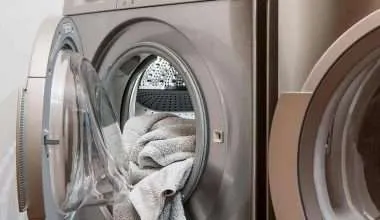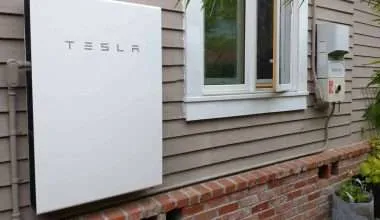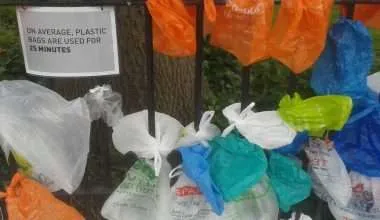Table of Contents Show
What is Cement?
Cement is a manufactured substance that we use for construction purposes. It binds together the materials to bring them together. It usually is used to bind gravel and sand together. The common types of cement which are used in construction are calcium silicate or lime-based.
The ability of the cement to set in water determines whether it is hydraulic or non-hydraulic.
The hydraulic cement gets dry when mixed with water. Whereas, the non-hydraulic cement does not set when mixed with water; it sets by the air containing carbon dioxide.
Pollution Caused by Cement
It is estimated that if the cement industry is to be considered a separate country, it would be the third-largest emitter of carbon dioxide. It is stated that around 4-8% of the total carbon dioxide emissions come from cement.
Carbon dioxide is a toxic greenhouse gas and the more it is released, the more damage it does to the climate.
All the cement production stages create emissions of pollution in gas, dust, vibrations, and noise. It has been playing a major role in contributing to air pollution which is very dangerous for our environment. It aids in climate change as well.
In addition, it has been recorded that 4,90,000 deaths occur every year because of emissions made by the cement industries.
Industries use a composition of raw materials to produce cement. The calcination of clay and limestone releases a lot of dust into the air that contains heavy metals.
These heavy metals include mercury and cadmium. Moreover, burning fossil fuel in cement plants also emits heavy metals into the atmosphere.
Most cement industries use coal and petroleum coke as primary fuels to run the production process. The toxic gas adds up to pollution.
What is an Alternative to Cement?
An alternative to cement is a clinker replacement with many other alternative materials such as slag, fly ash, calcined clays, and natural pozzolans.
Clinker is a mix of limestone and minerals. It is heated in a kiln and then transformed by this heat into nodular material. It works as a binding agent in cement.
The alternate green concrete is the solution to the efficiency upgrades to cement plants. It would help to reduce carbon emissions when compared with standard cement systems.
Eco-Friendly Alternatives to Cement
To reduce the greenhouse gases emitted by cement, we have assembled green building materials that we can use instead.
We can revert to using traditional concrete and green cement for construction to lessen carbon emission.
1. Straw Bales
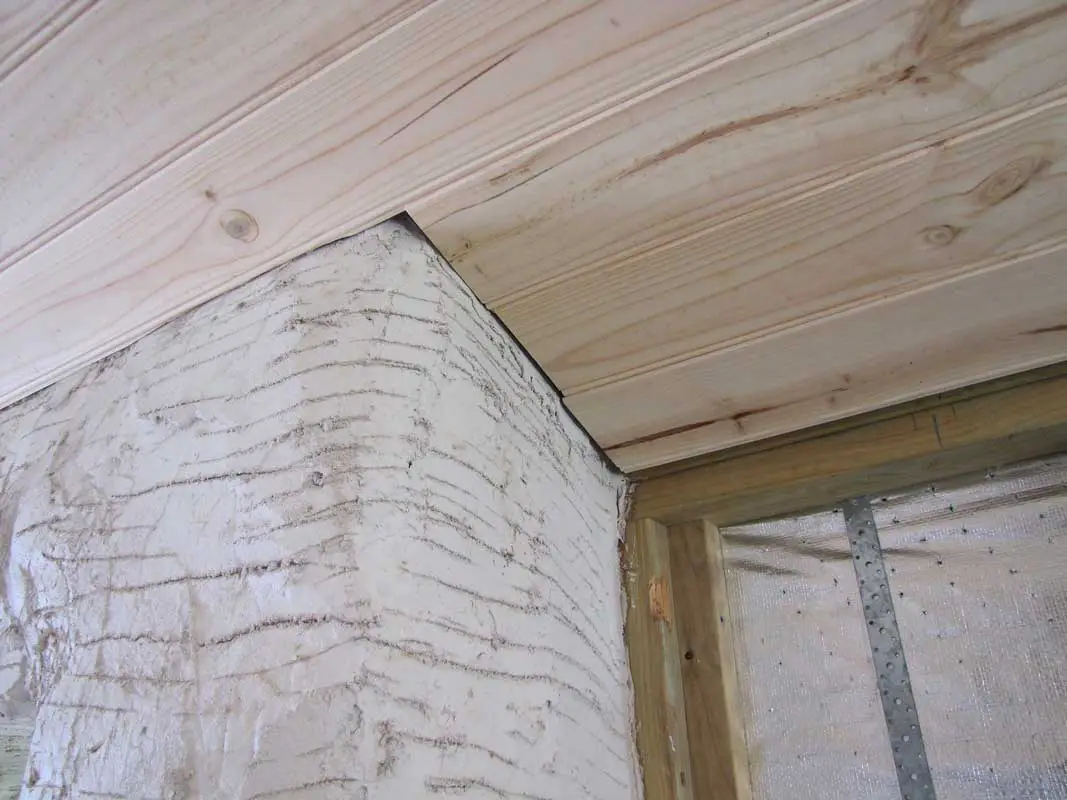
Instead of depending on technology and research, one should revisit older times. Then, construction used to take place using straw bales. People used them in the days when they built their homes from natural materials that were available locally.
You can replace concrete, wood, gypsum, plaster, fiberglass, and stone with straw bales when making the inside of a house’s wall. If correctly sealed, the walls can provide high-level insulation for cold and hot climates.
Moreover, straw bales are a great alternative to cement because they are reasonable in price and are sustainable also. Straws being a renewable resource makes them a sustainable material.
2. Grasscrete
Grasscrete is also known as Void Structured Concrete. People use it to make concrete walkways, floorings, driveways, and sidewalks.
It is one of the best conventional cement that exists.
Additionally, grasscrete is a ready-mixed concrete. We can use it in a way that the free patterns in it allow the grass to grow.
Furthermore, it benefits the environment through improved drainage and stormwater absorption.
3. Rammed Earth
Humans have used this technology for many years and it is very long-lasting. It is a method that involves combining a damp mixture of clay, soil, sand, and gravel. These are natural materials that produce almost no waste when built.
Because the raw material is locally available and accessible, there is a low transportation cost. Hence, lesser carbon dioxide emission also.
Studies have proven rammed earth to be highly durable and weather resistant.
4. Hempcrete
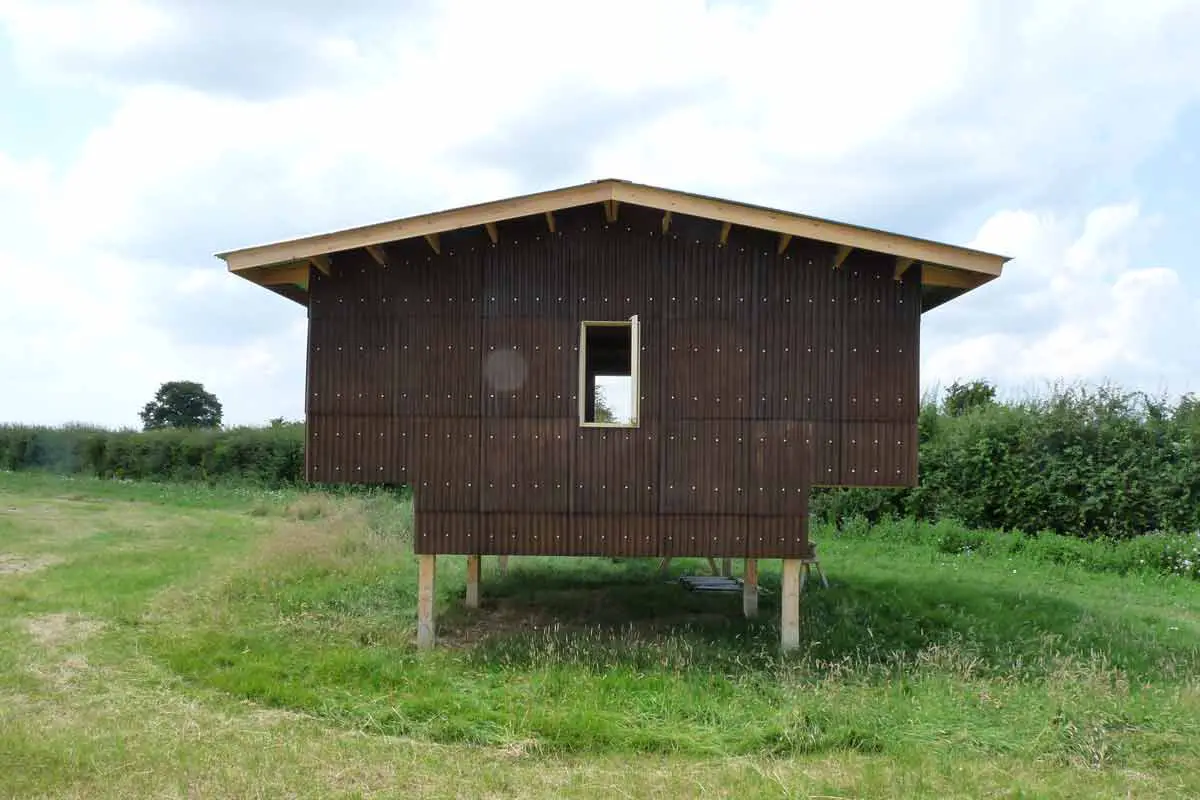
Another eco-friendly alternative to cement is hempcrete. This traditional cement is made through hemp fibers when mixed with lime and water.
A hemp plant is an easy-to-grow plant that is less demanding and needs a little water for optimum growth. It releases 80% less carbon than cement as it does not need chemicals or fuels to grow.
Additional advantage of using hempcrete is that blocks made up of hempcrete are lightweight but very strong. They even provide natural insulation and durability to the structure.
Also, it is a renewable source which makes it a sustainable choice.
5. Bamboo
Bamboo is a forever trending material. People have used it for centuries. Bamboo has a fast-growing renewable nature and is strong and durable.
A plus point about growing bamboo is that it takes in carbon dioxide from its surrounding and releases fresh oxygen into the environment. Thus, it is an eco-friendly alternative to cement.
6. Recycled Plastic
Many researchers use recycled plastics or trash to make concrete. It saves the cost of mining, extracting, and milling new materials. Moreover, it reduces the weight of the end product and produces fewer greenhouse gases in the atmosphere.
7. Wood
Wood is as trustworthy as an old friend and has been around for ages.
It is an all-purpose organic and renewable construction material. Structures made of wood are durable and strong.
Wood can insulate heat up to six times more than brick, 15 times more than concrete, and 400 times more than steel.
It has many more advantages than we think it does. Trees not only breathe in CO2 as they grow, but they also need less energy-intensive methods to process into any product.
If the forests are properly managed, they can be more renewable and can create a biodiverse habitat.
8. Mycelium
Mycelium is a material that can be used in the making of buildings. The mycelium bricks are lightweight but have strength.
Nature produces it through the root structure of mushrooms and fungi. They also can grow around a composite of other natural materials such as straw. It then has to be air-dried to turn into strong bricks for structure formation.
Generally, mycelium bricks are fire, water, and mould resistant.
9. Ferrock
This material is an up coming material that is used to create eco friendly building blocks. It is robust than concrete and is made by using recycled steel dust.
Apart from being a strong building material, it also absorbs and traps carbon dioxide which is a part of its drying and hardening process.
It benefits the environment through trapping carbon dioxide, making it carbon neutral.
10. Finite
Finite is desert sand made into a composite material. It has come in use as an amazing biodegradable construction material. It is as strong as concrete, but in its making, the carbon footprint is less than in making concrete.
Apart from that, finite can be easily re-molded and reused. Plus, it can decompose naturally.
Moreover, finite is easily molded into any desired shape and size. It can also be colored using natural pigments. It is strong and versatile which makes it a great alternative to concrete and bricks.
